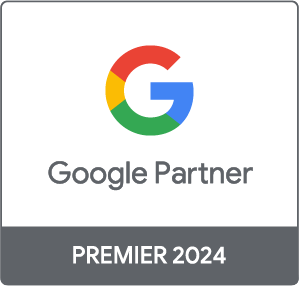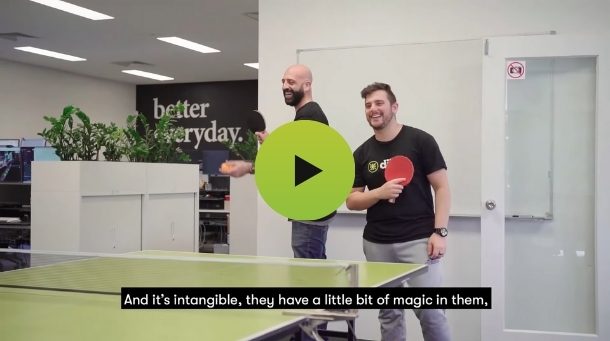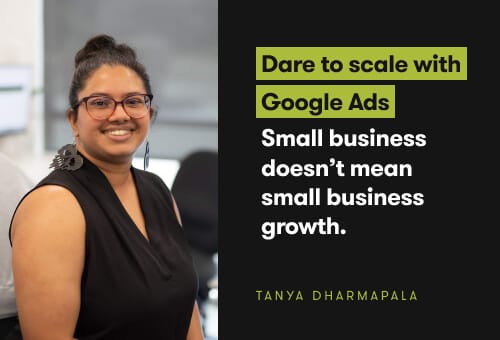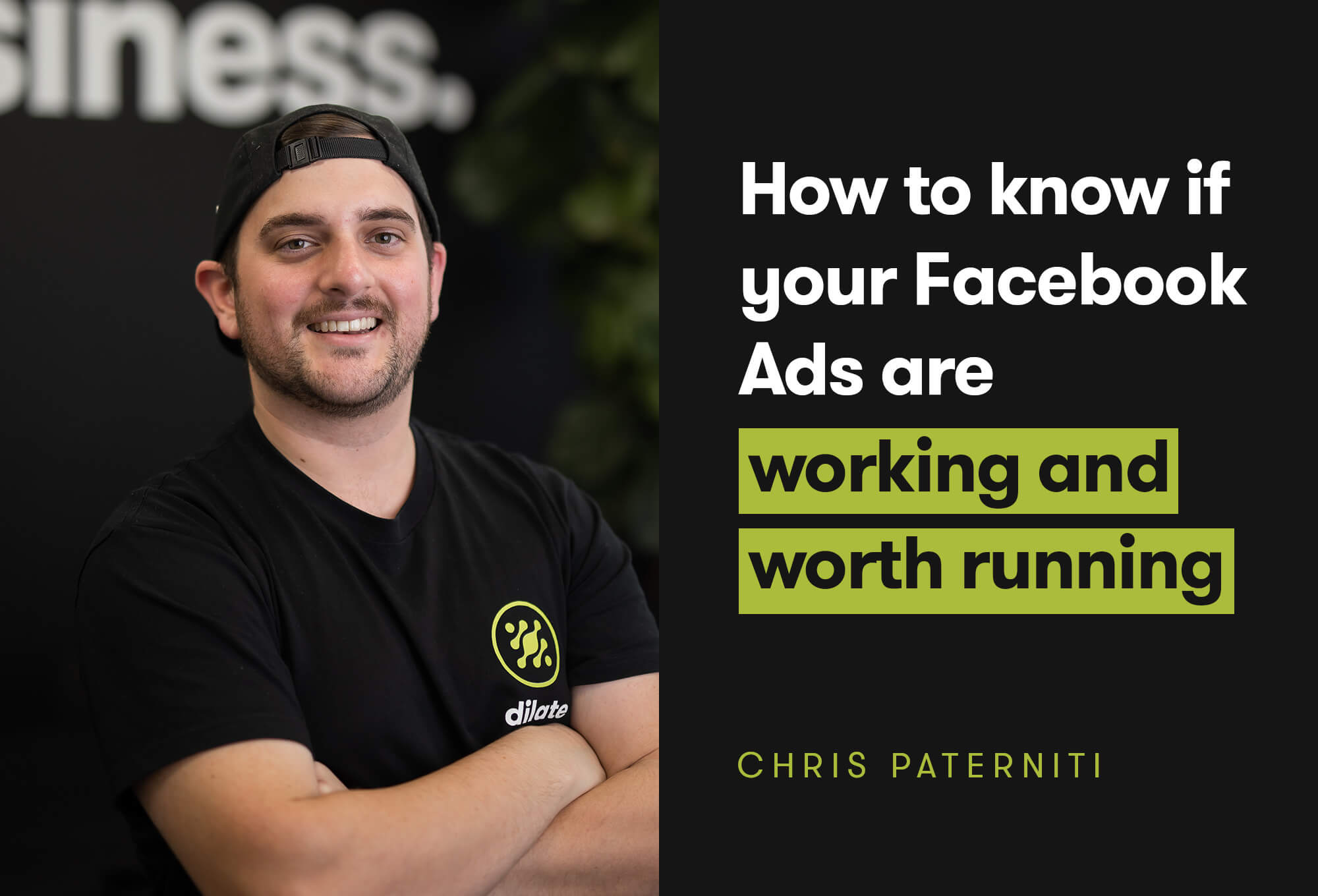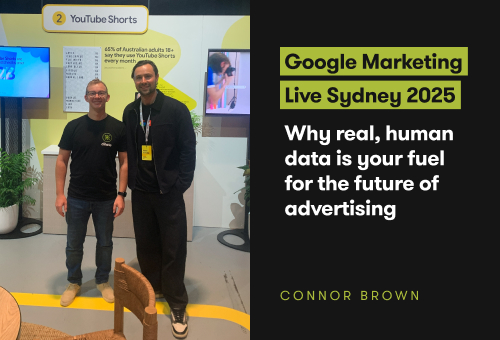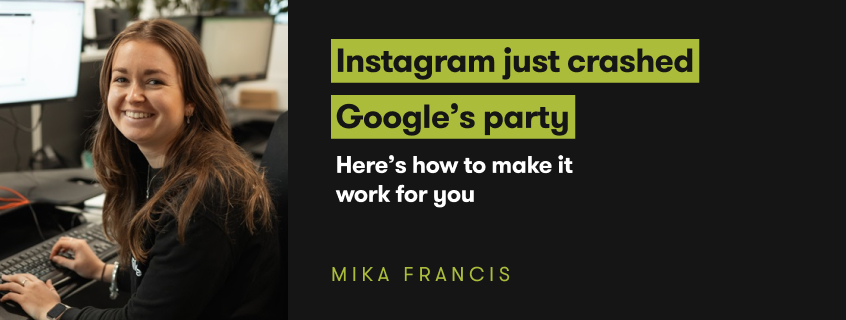
Instagram just crashed Google’s party: here’s how to make it work for you
On 10 July 2025, every public post, Reel or carousel from a professional Instagram account became eligible to show up on Google’s search results. Overnight, your grid went from a cosy app corner to a live contender on the world’s biggest search stage.
Why does that matter? Because search intent beats thumb-scrolling every day of the week. A user who lands on your Reel from a Google search is actively looking for an answer; they can now arrive with intent, not just idle curiosity.
That single change welds social media to search visibility and gives every post the chance to earn compound returns. And beyond that? It affirms where the digital landscape is headed. Search is shifting to match the way people are consuming information in 2025—visual-first, authentic and natural in voice, laser-focused on intent.
So, what’s this change mean for marketers?
Now that Instagram and Google have buddied up, your strategies have to as well. If you’ve been treating your SEO strategy separate from your social media strategy, it’s time to take another look. Say hello (if you hadn’t already) to the era of the holistic organic marketing strategy.
Practically, here is what this core change means for your business.
More visibility
Your Instagram presence just graduated from a 2-billion-user playground to Google’s 13-billion-searches-a-day super-highway. People who’ve never even opened the Instagram app can now stumble upon your content while googling a problem you solve.
Suddenly, follower count is only the starting gate. Now, a mum in Melbourne searching “quick bento lunch ideas” can hit your Reel right from the search results page. Long-tail queries, niche how-tos and local “near me” hunts now pull your creative out of the feed and into the broader web—24/7, well past the first flurry of likes.
For brands, that means every post acquires two lives: the fast, engagement-fuelled sprint inside Instagram and the slow-burn marathon on Google. Nail the caption, alt-text and user intent, and a single carousel can keep introducing you to new prospects long after the algorithm moves on. This change means double the visibility, if you know how to tap into it.
New engagement loops
The wall between “social” and “search” just fell, and over time we’re expecting to see engagement loops on the rise.
Picture each of your posts as the centre of a growing loop of momentum. When your Reel surfaces on Google, it draws in fresh search traffic—that’s loop stage one: visitors watch, tap “save,” leave a comment.
Next, Instagram’s algorithm spots the activity and shows the content to more users—stage two inside the app.
That second-wave engagement sparks branded searches (“who’s behind this?”), earns backlinks from bloggers, and drives even more qualified traffic back to the post—stage three back on Google.
Round and round it goes: search boosts social, social boosts search, and every pass adds speed to your brand authority. Craft posts that beg for interaction like polls, open-ended questions and saves, and this momentum loop keeps turning long after the first click.
The cost of doing nothing just doubled
Instagram now opens two doors at once—one in the feed, one on Google. If you’ve been putting a social strategy on the “someday” list, that delay simply carries more weight after this announcement.
Every un-posted carousel or caption is no longer just a missed like; it’s also a missed search impression, a missed click, a missed moment of connection with someone who’s already looking for what you offer.
The takeaway is simple: a steady, intentional Instagram presence does more heavy lifting than it used to. Give it the care it deserves now, and you set yourself up to be found in two high-traffic places instead of one. Keep it on the back burner, and those extra opportunities quietly pass you by.
Five fast plays to turn your feed into a search magnet
1. Create posts with intent in mind
Instagram used to be almost solely about thumb-stopping visuals. Now your post has the potential to answer a direct question on Google. Swap “Winter vibes ❄️” for “favourite ways to style linen in winter” and watch relevance soar.
Before you draft a caption, ask, “What question am I solving for my audience? What might they ask ChatGPT or Google?” Build the post around that query in natural language. The more spot-on the intent, the easier it is for both Google and scrollers to recognise your post as the answer they need.
2. Write image alt text
Alt text is audible to screen readers and visible to search engines. If you weren’t writing alt text before for accessibility, this is the nudge you need.
Now not only will alt text be critical for accessibility, but also to help Google understand what your post is about. Describe what’s in the frame and why it matters—“Close-up of charcoal-grey linen blazer layered over merino knit for winter office wear”—so Google can understand the image in context.
3. Check your account settings
You want to make sure your account is set up to allow appearance in search engine results.
Only public Business or Creator profiles are indexable, so you’ll first need to make sure your profile is one of those. Then, ensure this new setting is turned on by following these steps:
a. Open Instagram → go to your profile (bottom-right avatar)
b. Tap the menu icon (☰) in the top-right corner
c. Scroll to Who can see your content → Account privacy
d. Find “Allow public photos and videos to appear in search engine results” and make sure the toggle is on.
4. Don’t just post. Instead, position
Treat Instagram like a micro-site: deliberate topics, engaging delivery, relentless usefulness. Businesses that keep firing random “filler” posts are wasting energy and resources that could be better spent in building up brand authority via a cohesive content ecosystem.
Random posts can be like confetti: pretty for a second, gone with the next swipe. Positioned content is more like a carefully built ecosystem, each piece feeds the next, tells a consistent story and signals authority to both humans and algorithms.
And with Google tapping into Instagram for it’s search results, carefully positioned content ecosystems just got even more important.
5. Join the dots across platforms
The more connected your content is, the easier it is for Google to recognise you as the source on a topic. Think of every link, embed or mention as another strand in a web of relevance. The denser the web of relevance, the more authority you hold in Google’s eyes.
There are a couple of practical ways you can do this, like:
- Embed your best Instagram posts inside related blog articles. The post adds visual punchiness, the article gives depth—together they tell Google, “Same brand, same story.”
- Reference those posts in your newsletters and keep an archive on your site. Email readers become site visitors. Google sees the cross-talk and gives you credit for consistency.
- Add a quick dose of structured data—most site builders or SEO plug-ins let you tag an Instagram URL as part of your brand profile. One tick box, extra clarity for the crawler.
- Create circular traffic paths. Link from Stories back to the blog, drop the blog link in the Reel description, pop the Reel thumbnail in your next email. The more routes that point to the same content, the stronger your authority signal.
Bottom line: weave your Instagram posts into your wider content ecosystem and you’ll help both people and search engines see you as the go-to voice in your space.
Ready to make your move?
Now your audience isn’t just deciding whether to follow you, they’re also firing questions at Google. If your Instagram post answers better and faster than anyone else, you win the ranking position, the click, the visibility and the conversation that follows. If it doesn’t, someone else will.
If Instagram has lived at the bottom of your to-do list, it’s now prime real estate, and the perfect time to make your move. The perfect time to create a killer organic marketing strategy that considers both search engines and socials at it’s core.
At Dilate, we’ve been creating powerful organic marketing strategies that return real results for years, so if you need a hand, don’t hesitate to reach out.




